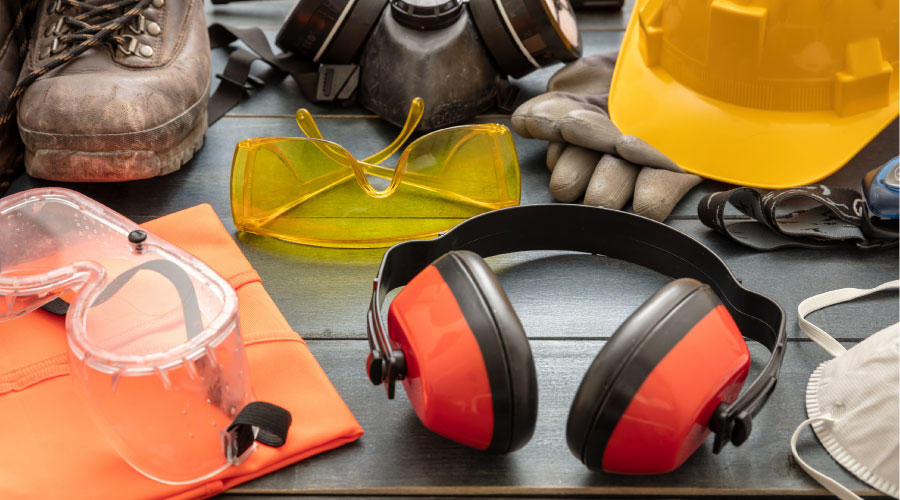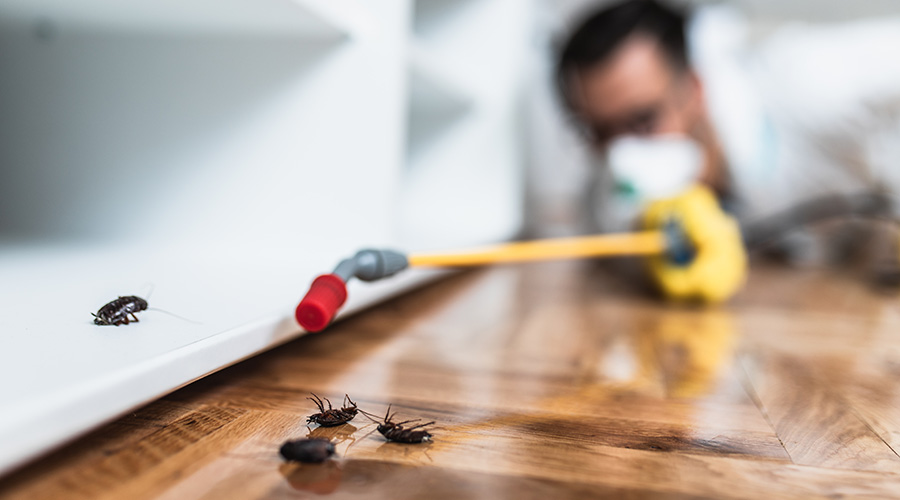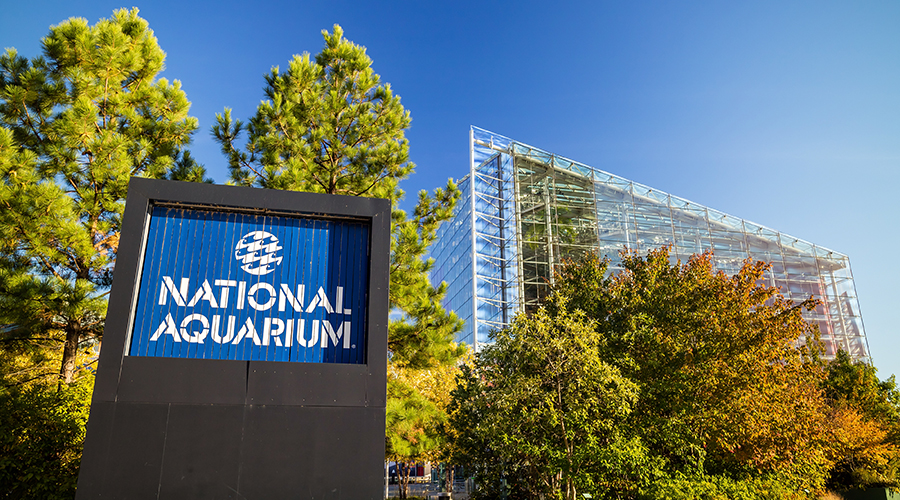Improving Greenness of Cleaning Programs
More than any other environmentally responsible strategy, green cleaning has become a best practice for commercial facilities. That's certainly a positive. At the same time, the growing prevalence of green cleaning products and services can make it easy to assume that no further improvement is needed. That's not the case. Facility managers can take a number of steps to continually improve the "greenness" of their cleaning programs, and step one is looking not just at chemicals but other products too, such as paper.
Cleaning technology and best practices continually evolve. Advancements promise to further reduce the harmful effects of even green cleaning products. In many cases, the improvements also reduce labor and other costs.
To be sure, the industry has come a long way. About 30 percent of the cleaning products used in commercial facilities today are green, estimates Stephen Ashkin, president of The Ashkin Group.
A number of well-established whole-building sustainability plans emphasize green cleaning — these include the Healthy Schools Campaign, Practice Greenhealth, and LEED for Building Operations and Maintenance (formerly known as LEED for Existing Buildings).
The growth of third-party certifications that independently evaluate the chemicals, methods, and training used in green cleaning programs has "not only made it easy for building owners to specify green products, but created the language where buyers and sellers can accurately discuss requirements," Ashkin says.
Moreover, many green products today are comparable to traditional products in both cost and effectiveness, Ashkin says. That wasn't always the case even five or 10 years ago, he adds.
Room To Improve
Of course, going green is a process, not an endpoint. Even many robust green cleaning programs can improve. After all, the industry continues to advance, points out Vince Elliott, president of Elliott Affiliates. While the goal typically has been to move to less harmful products, it's now possible to find products that contain either no or very low amounts of harmful chemicals, yet still can clean effectively in many situations.
Among the steps facility managers can take to make their cleaning programs more "green" is going beyond chemicals in their approach. While reducing the volume of potentially dangerous chemicals is key to minimizing potential harm to the environment, a truly green program goes further. For instance, changing the types of products in use also can reduce the environmental impact. One example: Switching from multi-fold paper towels to dispensers with large rolls of paper toweling can cut the amount of paper towels used for hand drying in restrooms, Ashkin says. With multi-fold towels, it's not unusual to have a half-dozen drop out of the dispenser when only one or two are needed. "The configuration itself reduces consumption by 30 percent, which directly affects spending and environmental impacts."
A comprehensive green cleaning program will encompass not only chemicals, but paper, plastic liners, equipment, and other products.
For instance, vacuum cleaners using HEPA (high efficiency particulate air) filters are designed to capture at least 99.97 percent of contaminants that are 0.3 microns in size, leaving a room cleaner than most non-HEPA vacuums.
Related Topics:













